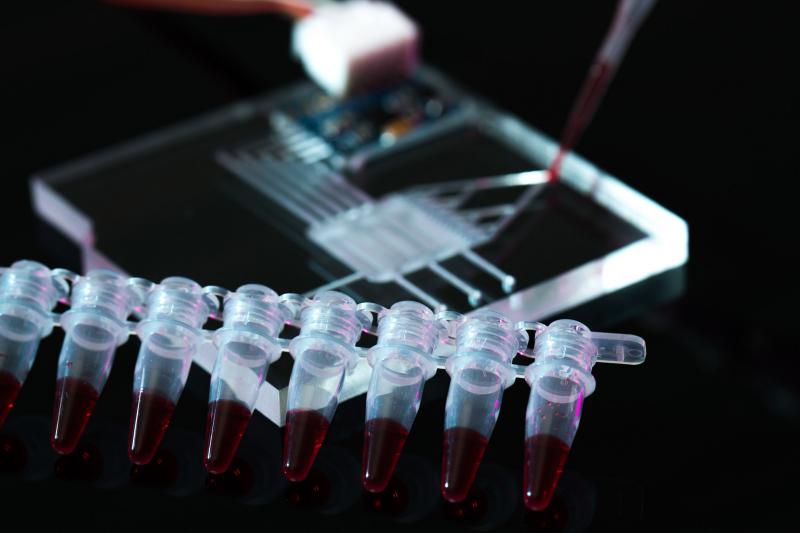Lab-on-a-chip technology, also known as microfluidics, is a revolutionary advancement in the field of diagnostics. This miniature device has the potential to transform the way medical tests are conducted, offering faster results, reduced costs, and increased accessibility. It integrates multiple laboratory functions onto a single microchip, making it a versatile and powerful tool in various applications. In this article, we will explore the capabilities and benefits of technology in healthcare.
According to Coherent Market Insights, the Global Lab-On-A-Chip Market was valued at US$ 15,268.0 Mn in 2022 and is forecast to reach a value of US$ 41,690.9 Mn by 2030 at a CAGR of 13.43% between 2023 and 2030.
Lab-on-a-chip technology combines microfluidics, electronics, and biochemistry to create a powerful diagnostic platform. Miniaturizing and integrating various laboratory functions, it enables the analysis of biological samples with minimal time, cost, and sample volume. The chip is typically made of materials such as glass, silicon, or polymers, and contains microchannels, valves, pumps, and sensors. These components work together to manipulate and analyze the samples, allowing for precise and automated testing processes.
One of the key advantages of Lab-on-a-chip technology is its ability to accelerate diagnostic processes. Traditional laboratory tests often require time-consuming sample preparation, handling, and analysis. It simplifies these procedures by automating them on a single chip. This significantly reduces the turnaround time for results, making it invaluable in emergency situations and critical care settings. Moreover, its small size and portability make it suitable for point-of-care testing, bringing diagnostics closer to patients and reducing the burden on healthcare infrastructure.
Lab-on-a-chip technology has made significant contributions to the field of personalized medicine. With its ability to handle small sample volumes, it has opened new avenues for studying individual patient responses to medications and treatments. By analyzing tiny quantities of blood, saliva, or tissue, clinicians can tailor treatment plans and drug dosages according to the patient's unique genetic makeup. This not only enhances treatment outcomes but also reduces the risk of adverse reactions, making healthcare more precise and efficient.
The versatility of Lab-on-a-chip technology extends beyond medical diagnostics. It has found applications in environmental monitoring, food safety, and forensic analysis. For instance, environmental researchers can use devices to detect pollutants or measure water quality in real time. Similarly, food safety authorities can employ these devices to identify contaminants or pathogens in food samples swiftly. The compact nature and ease of use of systems make them highly adaptable to various scientific fields. The global Genomics And Proteomics Reagents, Research Kits, And Analytical Instrumentation Market is estimated to account for US$ 59,185.3 Mn in terms of value in 2020 and is expected to reach US$ 132,162.2 Mn by the end of 2027.
Lab-on-a-chip technology represents a breakthrough in the field of diagnostics. By integrating multiple laboratory functions onto a single microchip, it offers fast, cost-effective, and portable testing solutions. The potential applications extend beyond healthcare, making it a versatile tool in various industries. As this technology continues to evolve, we can expect further advancements in personalized medicine, environmental monitoring, and beyond. It has the potential to transform the way we diagnose, monitor, and treat diseases, ultimately improving the quality of life for individuals worldwide.
